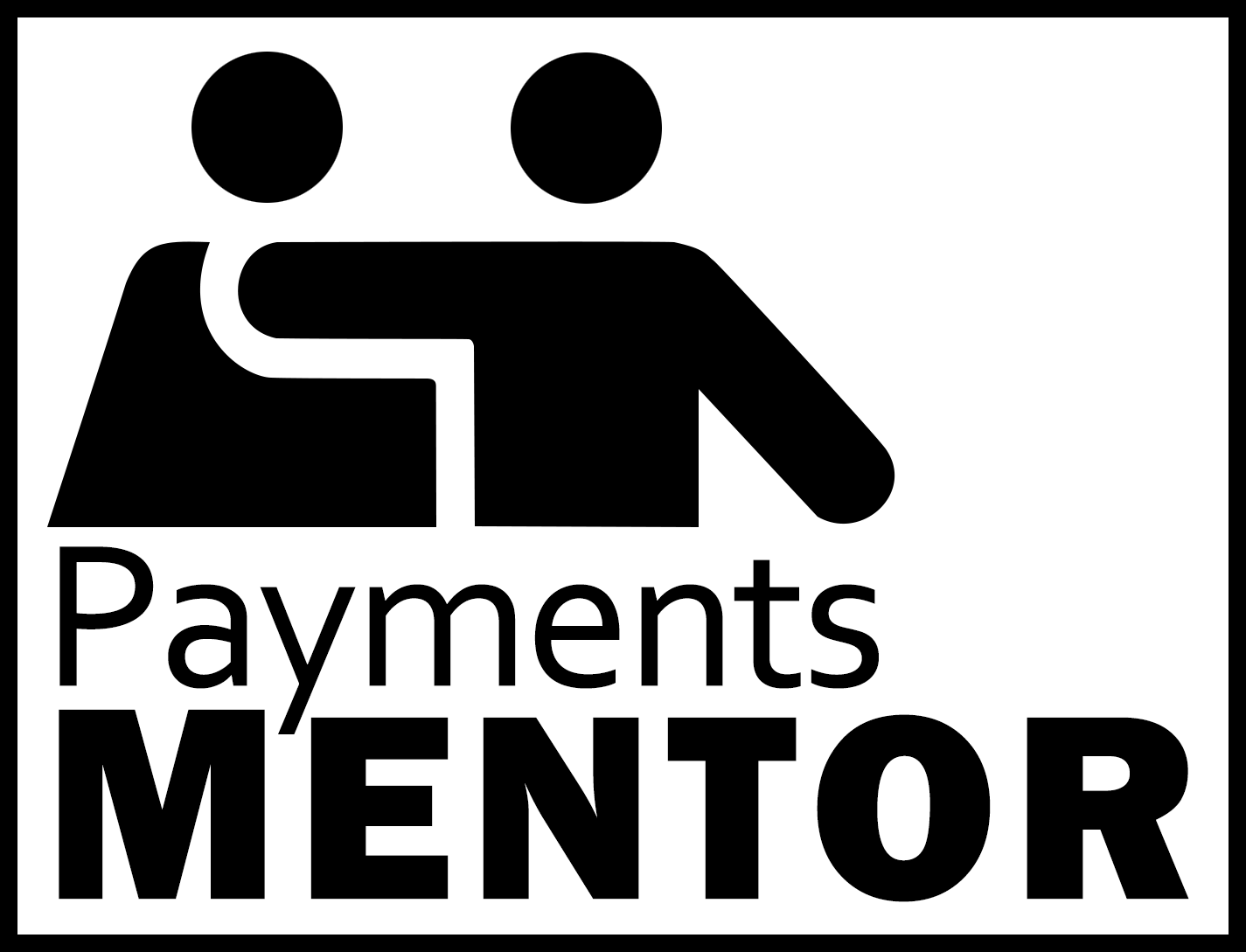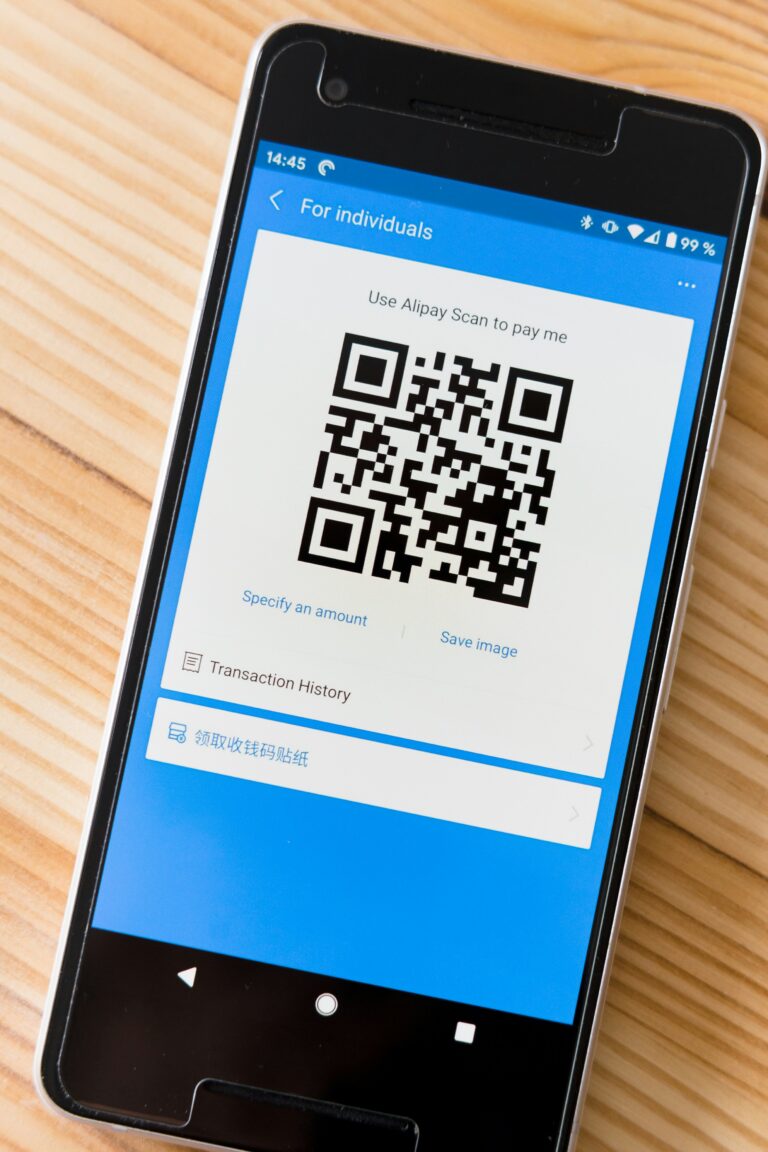Businesses need to adapt to the growing demand for online transactions. As e-commerce continues to expand, merchants must find secure and efficient ways to process payments from customers around the world.
Enter payment gateways—the unsung heroes of online commerce. These powerful tools act as the intermediary between businesses and financial institutions, ensuring that sensitive payment data is transmitted securely and seamlessly.
But what exactly is a payment gateway, and how can it benefit your business? Let’s dive in and explore the world of payment gateways, their inner workings, and the advantages they offer to merchants and customers alike.
What Is a Payment Gateway?
A payment gateway is a technology platform that securely processes various payment methods for both in-person and online businesses. It acts as an intermediary between the customer, the business, and the financial institutions involved in the transaction.
When a customer makes a purchase, the payment gateway encrypts their sensitive data, such as credit card numbers, to protect against unauthorized access or theft. This encryption ensures that the information remains secure throughout the entire transaction process.
How Do Payment Gateways Work?
The Transaction Process
When a customer submits their payment information during checkout, the payment gateway immediately encrypts the data. This encrypted data is then sent to the business’s acquiring bank, which forwards it to the customer’s issuing bank for verification.
The issuing bank then approves or declines the transaction based on factors such as available funds and account status. The response is sent back through the payment gateway, which relays the information to the business and the customer.
Additional Functions
Beyond facilitating transactions, payment gateways offer a range of additional functions to help businesses streamline their operations. They collect and report valuable transaction data, allowing merchants to analyze and manage their payment processes more effectively.
Payment gateways also employ advanced security measures, such as fraud detection algorithms and address verification, to minimize the risk of fraudulent transactions. This helps protect both the business and the customer from potential financial losses.
The Benefits of Using a Payment Gateway
Enhanced Security
One of the primary benefits of using a payment gateway is the enhanced security it provides. Payment gateways comply with strict PCI DSS (Payment Card Industry Data Security Standard) requirements, ensuring that sensitive cardholder data is protected at all times.
By utilizing advanced encryption, tokenization, and fraud screening techniques, payment gateways help prevent data breaches and unauthorized transactions. This gives customers peace of mind when making online purchases, increasing their trust in your brand.
Improved Customer Experience
Payment gateways allow customers to pay using their preferred method, whether it’s credit/debit cards, digital wallets, or bank transfers. This flexibility caters to a wider range of customer preferences, making the checkout process more convenient and user-friendly.
With a payment gateway, transactions are processed smoothly and quickly across various devices, resulting in a seamless checkout experience. This improved customer experience can lead to increased conversions and reduced cart abandonment rates.
Streamlined Operations
Integrating a payment gateway into your business operations can significantly streamline your payment processing tasks. By automating many of the manual processes involved, payment gateways reduce the risk of human error and save valuable time.
Payment gateways also provide valuable insights through transaction data, allowing you to optimize your payment strategy based on real-world performance. Managing refunds, chargebacks, and other post-transaction activities becomes easier with the intuitive interfaces offered by most payment gateway providers.
Flexibility and Scalability
As your business grows, a payment gateway offers the flexibility and scalability you need to accept payments from customers worldwide. With support for multiple currencies and integration options for various e-commerce platforms and POS systems, payment gateways adapt to your business needs.
Whether you’re a small startup or a large enterprise, a payment gateway can scale with you, accommodating increasing transaction volumes without requiring significant changes to your infrastructure. This scalability ensures that your payment processing capabilities keep pace with your business growth.
Choosing the Right Payment Gateway for Your Business
Factors to Consider
When selecting a payment gateway for your business, there are several key factors to consider. First, evaluate the supported payment methods and currencies to ensure they align with your customer base and business requirements.
Security features and compliance with industry standards like PCI DSS should also be top priorities. Look for payment gateways that offer robust encryption, tokenization, and fraud prevention tools to safeguard your customers’ sensitive data.
Consider the pricing structure of potential payment gateway providers, including transaction fees, monthly costs, and setup expenses. Ensure that the pricing model is transparent and compatible with your budget.
User experience and ease of integration are also crucial factors. Choose a payment gateway that offers a seamless checkout process for your customers and integrates smoothly with your existing website or point-of-sale system.
Finally, evaluate the level of customer support and resources provided by the payment gateway provider. Having access to responsive support and comprehensive documentation can make a significant difference in your implementation and ongoing management of the payment gateway.
Evaluating Your Options
To find the best payment gateway for your business, start by researching popular providers and comparing their offerings. Read reviews from other businesses in your industry to gain insights into real-world performance and reliability.
Many payment gateway providers offer demos or free trials, allowing you to test the features and user interface before making a commitment. Take advantage of these opportunities to ensure that the gateway meets your specific needs and expectations.
Ultimately, the right payment gateway for your business will depend on your unique requirements, budget, and growth plans. By carefully evaluating your options and considering the factors outlined above, you can make an informed decision that sets your business up for success in the world of digital payments.
Implementing a Payment Gateway
Integration Process
Once you’ve chosen a payment gateway provider that aligns with your business needs, it’s time to begin the integration process. Start by following the provider’s documentation and guidelines for integrating the gateway with your website or point-of-sale system.
During the integration process, you’ll have the opportunity to customize the checkout experience to match your brand and customer preferences. This may involve designing custom payment forms, selecting color schemes, and adding your company logo to create a cohesive and trustworthy checkout environment.
Before going live with your payment gateway, thoroughly test the integration to ensure that transactions are processed smoothly and without errors. This testing phase is crucial to identify and resolve any potential issues before they impact your customers.
Best Practices
To ensure the ongoing success and security of your payment gateway implementation, follow these best practices:
Keep software and security measures up to date: Regularly update your payment gateway software and security protocols to protect against emerging threats and vulnerabilities.
Monitor transactions for suspicious activity: Implement a system to monitor transactions in real-time, allowing you to quickly identify and address any suspicious activity or potential fraud.
Provide clear instructions and support: Offer your customers clear instructions and easily accessible support resources to guide them through the checkout process. This can help reduce abandoned carts and improve customer satisfaction.
Gather feedback and analyze data: Continuously gather customer feedback and analyze transaction data to identify areas for improvement. Use these insights to optimize your payment gateway performance and enhance the overall customer experience.
By following these best practices, you can ensure that your payment gateway remains a secure, reliable, and user-friendly component of your business operations.
How Do Payment Gateways Work?
Payment gateways play a crucial role in processing digital payments, ensuring transactions are handled securely and efficiently. Understanding their operation can help businesses optimize their payment systems and enhance customer experiences.
The Transaction Process
When a customer checks out, they input their payment details, which the payment gateway immediately secures by scrambling the information into a code that can’t be easily read. This coded data moves to the business’s bank, which then sends it to the customer’s bank to check if everything is in order. The customer’s bank decides whether the payment can be made, and this decision is sent back through the payment gateway, letting both the business and customer know the result.
Additional Functions
Beyond handling payments, gateways offer tools that help businesses track and understand their sales better. They use smart technology to spot any odd activity and confirm addresses to keep everything safe. They also provide features to make dealing with things like refunds and returns straightforward. These tools ensure businesses can operate smoothly and focus on delivering great service to their customers.
The Benefits of Using a Payment Gateway
Payment gateways are not just about handling transactions; they enhance the entire payment experience for businesses and customers alike. By offering a suite of features, these gateways ensure that transactions are not only secure but also efficient and adaptable to the fast-paced world of digital commerce.
Enhanced Security
Keeping transactions safe is critical, and payment gateways make this their top priority. They follow strict industry standards to protect sensitive information, using strong methods to keep data safe from prying eyes. Payment gateways also use smart technologies to spot and stop fraud before it causes trouble, giving businesses and their customers confidence that their information is well-protected. This level of security helps build trust, which is essential for any successful business.
Improved Customer Experience
A smooth payment process can make shopping more enjoyable, and gateways play a key role in this. They let customers choose from different ways to pay, like using cards or digital wallets, so everyone can use the method they like best. Fast processing on any device—whether a phone or computer—means customers won’t get frustrated waiting around. This ease of use can lead to more completed sales and fewer abandoned carts, making the checkout process something customers look forward to.
Streamlined Operations
Efficiency in business operations is crucial, and payment gateways contribute significantly by automating many tasks involved in handling payments. This automation cuts down on the need for manual work, which reduces mistakes and allows staff to focus on more important tasks. With the help of gateways, businesses can easily handle things like refunds and chargebacks, using simple tools that make these tasks straightforward. The insights from transaction data also help businesses fine-tune their payment processes.
Flexibility and Scalability
In a world that’s more connected than ever, reaching a global audience is vital. Payment gateways support multiple currencies, allowing businesses to accept payments from customers all over the world. They work well with various online platforms and sales systems, keeping everything running smoothly across different channels. As your business grows, these gateways can expand with you, handling more transactions without needing major changes to your setup. This scalability ensures that your payment systems keep up with your business’s growth, maintaining reliability and consistency.
Choosing the Right Payment Gateway for Your Business
Finding the perfect payment gateway involves a mix of detailed research and understanding what your business truly needs. With numerous options available, it’s crucial to evaluate their features and support to ensure they align with your goals.
Factors to Consider
When choosing a payment gateway, start by looking at the types of payments and currencies it supports. It’s important to select a gateway that lets your customers pay in the way they prefer, whether that’s through credit cards, digital wallets, or direct bank transfers. This flexibility can help you reach a broader audience, including international customers, without any hiccups.
Security is another key aspect. The gateway should have strong protection measures in place to keep customer data safe. Look for features like encryption and fraud detection that meet industry standards to ensure transactions are secure. This protection not only shields your business but also builds trust with your customers.
Think about the costs involved with each gateway. Understand the fees for transactions, any monthly charges, and setup costs. A clear pricing structure helps you manage expenses effectively. Also, check how easy the gateway is to use and integrate with your current systems. A smooth setup and user-friendly experience can save time and reduce potential headaches.
Finally, consider the support and resources available from the gateway provider. Access to helpful customer service and detailed guides can make a big difference, especially when you’re getting started or if issues arise.
Evaluating Your Options
Once you know what to look for, start gathering information on different payment gateways. Look into the features they offer and how these match your business needs. Reading reviews from other businesses, especially those in your industry, can give you a sense of how reliable and effective each option is.
Take advantage of any demos or free trials. These allow you to see how the gateway works in practice and whether it fits into your workflow. Testing its interface and features will give you a clearer picture of its strengths and any potential weaknesses.
Ultimately, the right payment gateway should align with your specific business needs and budget. By thoroughly assessing your options and considering all the factors mentioned, you can make an informed choice that supports your business’s growth and enhances customer satisfaction.
Certainly! Let’s ensure the section is unique while keeping the same tone and structure:
Implementing a Payment Gateway
Integration Process
Start by picking a payment gateway provider that fits well with what your business needs. Look into things like what types of payments it allows and how easy it is to connect with your current systems. Once you’ve chosen, follow the provider’s instructions to link the gateway to your website or sales setup.
Make the checkout process your own. Adjust the payment page to reflect your business’s look and feel, using colors and logos that match your brand. This creates a familiar and trustworthy experience for your customers. Before launching it live, run tests to ensure everything works smoothly. This means making sure payments go through without hitches and fixing any issues that pop up.
Best Practices
Keeping your payment system secure and efficient involves a few key steps. Regularly update the gateway software and security settings to stay ahead of any potential threats. This keeps everything safe and running well.
Watch over transactions to spot anything unusual quickly. Use tools that alert you to odd patterns or possible fraud so you can act fast. This vigilance helps protect your business and customer data.
Make sure customers find it easy to complete their purchases. Provide clear guides and support options so they can get help if needed. This not only improves their experience but also reduces the chance of abandoned carts.
By gathering feedback and checking transaction data, you can see what works and what doesn’t. Use this info to tweak and enhance your payment process, keeping it in line with what your customers expect.
The Future of Payment Gateways
The evolution of payment gateways is set to redefine the digital transaction landscape. As new technologies emerge, they promise to make payments faster, safer, and more user-friendly.
Emerging Trends
Mobile payments and contactless transactions are becoming the norm. With smartphones in nearly everyone’s pocket, people prefer quick payment methods like tapping their phones or cards. This trend is not only about convenience but also about safety, as it reduces physical contact during transactions.
Cryptocurrency and blockchain technologies are gaining traction. These digital currencies offer a new way to pay, with the added benefits of security and transparency. As more businesses start accepting cryptocurrencies, payment gateways are adapting to include these options, giving customers more choices.
Cross-border shopping is on the rise, and this means businesses need to handle payments from all over the world efficiently. Payment gateways are adapting to support various currencies, making it easier for businesses to sell to international customers. This capability breaks down barriers and opens up a global marketplace.
Artificial intelligence (AI) and machine learning (ML) are being used to enhance payment security. These technologies analyze transactions in real-time to spot and stop fraud before it happens. By using AI and ML, payment gateways can provide a higher level of security, which is crucial for gaining customer trust.
Preparing for What’s Next
Staying on top of these trends means keeping an eye on new payment technologies and consumer habits. Regular updates to your payment gateway are essential to ensure you’re offering the latest features and protections. This proactive approach helps maintain a competitive edge and ensures customer satisfaction.
Building strong partnerships with payment gateway providers that focus on innovation and customer success can give businesses a significant advantage. These providers can offer insights and tools that help navigate the changing landscape of digital payments.
Flexibility and adaptability are key in this fast-changing world. Businesses that are open to change and willing to adopt new technologies will be better equipped to meet customer needs. By embracing innovation, companies can ensure their payment processes remain efficient and secure, ready for whatever the future holds.
As the world of digital payments continues to evolve, businesses that stay informed and adapt to new technologies will be best positioned for success. By partnering with a trusted payment gateway provider, you can ensure that your payment processes remain secure, efficient, and ready for the future.
Related Frequently Asked Questions
What is a payment gateway?
A payment gateway is a technology that securely transmits transaction data between the merchant’s website or POS system and the payment processor. It encrypts sensitive card data and facilitates authorization and settlement.
Why are payment gateways important for online businesses?
Gateways ensure secure, fast and reliable payment authorization. They help reduce fraud, improve checkout reliability, and support multiple payment methods across currencies and channels.
How do payment gateways work with processors?
The gateway collects payment data, encrypts it, sends it to the processor, which then communicates with the issuing bank and card networks to authorize and settle the transaction.
Devon Clark blends engineering expertise with fintech strategy, bringing 15+ years of experience at the cutting edge of embedded finance. As Director of Embedded Finance & Strategic Partnerships at a leading SaaS firm, Devon has scaled revenue channels, launched GTM partnerships, and simplified complex integrations. He’s passionate about democratizing access to financial tools and regularly contributes insights on emerging trends in B2B fintech infrastructure.
- Devon Clarkhttps://paymentsmentor.com/author/devonc/
- Devon Clarkhttps://paymentsmentor.com/author/devonc/
- Devon Clarkhttps://paymentsmentor.com/author/devonc/
- Devon Clarkhttps://paymentsmentor.com/author/devonc/











